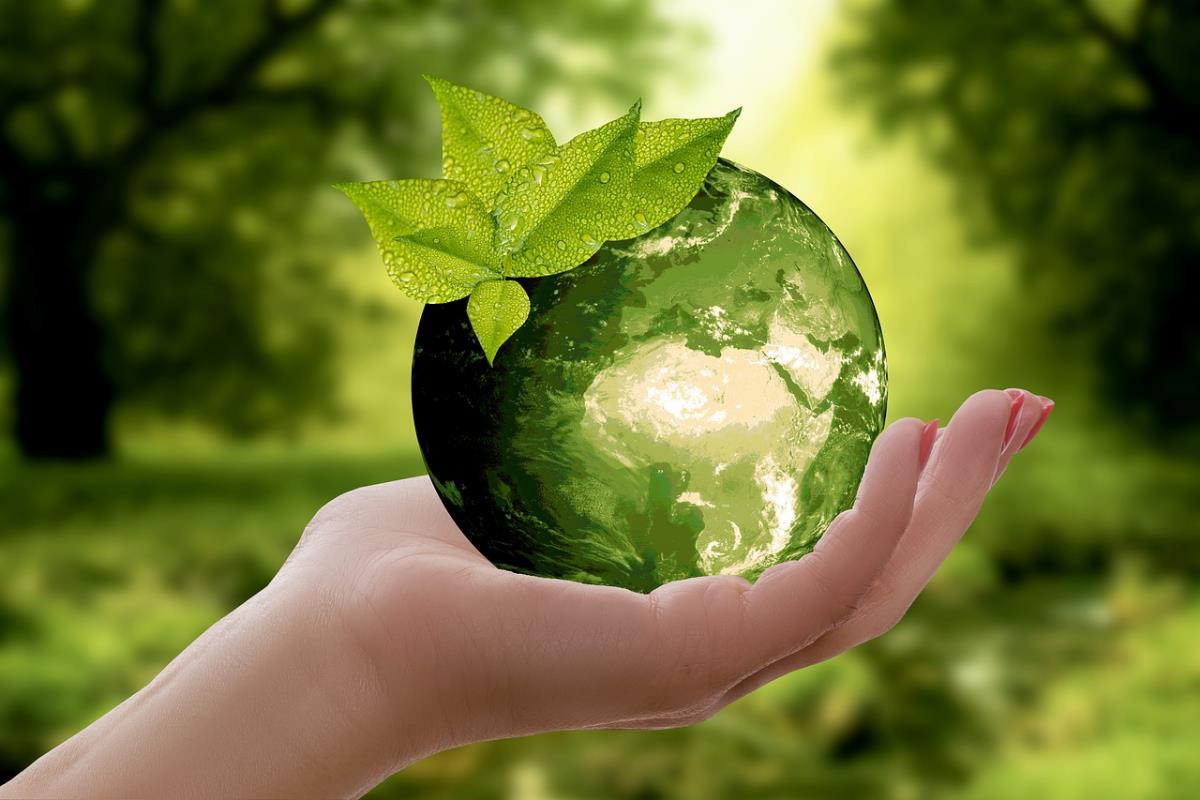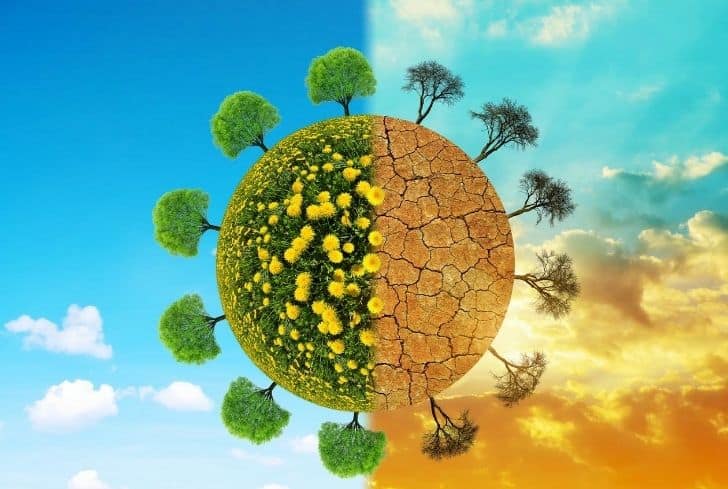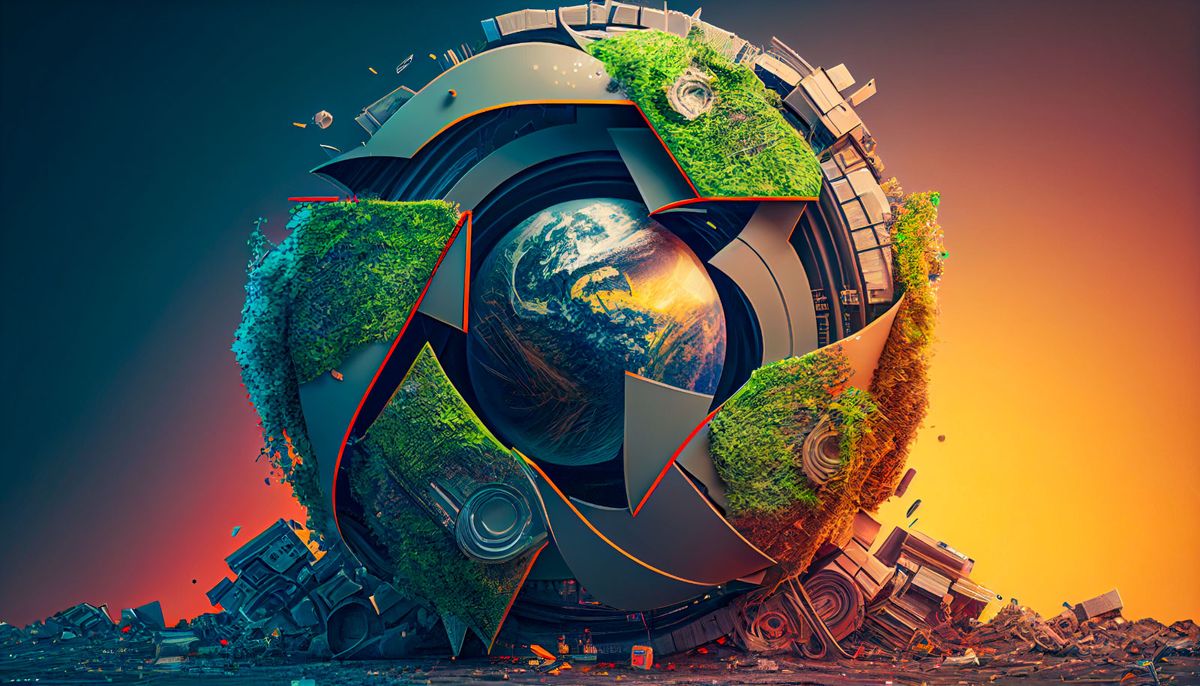Introduction:
Waste recycling stands at the forefront of sustainable living, offering a tangible way for individuals and communities to reduce their environmental impact. In our quest for a greener future, understanding the steps and methods of waste recycling becomes crucial. This blog explores the intricacies of waste recycling, from the initial steps to innovative methods that contribute to building a sustainable and circular economy.
The Three R’s: Reduce, Reuse, Recycle:
The foundation of effective waste management lies in embracing the three fundamental principles: Reduce, Reuse, and Recycle. Reducing waste at the source is the first line of defense against environmental degradation. This involves minimizing the use of disposable items and opting for products with minimal packaging. Reusing items, when possible, extends their lifespan and lessens the demand for new resources. However, when waste is inevitable, recycling steps in as a pivotal method for managing the materials we discard.
Collection and Separation:
The recycling process kicks off with the collection of recyclable materials. Communities often have designated bins for recyclables, making it easier for residents to participate. Effective recycling, however, requires proper separation of materials. Items like paper, glass, plastics, and metals should be sorted into their respective categories to ensure a more streamlined and efficient recycling process.
Sorting Facilities:
Once collected, recyclables are transported to sorting facilities where they undergo further separation. Advanced technologies and manual sorting methods are employed to categorize materials accurately. This step is critical for ensuring that contaminants are removed, as a single non-recyclable item in the wrong batch can compromise the entire recycling process.
Processing and Shredding:
After sorting, recyclables are processed and prepared for their next life. For instance, paper undergoes pulping and de-inking, while plastics are melted down and molded into new products. Metals are typically shredded, melted, and recast into various forms. The goal is to transform these materials into raw resources that can be utilized in manufacturing without depleting new resources.
Innovative Recycling Methods:
As technology advances, so does our ability to explore innovative recycling methods. These methods aim not only to improve the efficiency of the recycling process but also to address challenging materials that traditional methods struggle to handle.
1. Chemical Recycling:
Chemical recycling involves breaking down materials into their chemical components to create new products. This method is particularly effective for plastics that are challenging to recycle through traditional mechanical processes.
2. Biodegradable Plastics:
Innovations in biodegradable plastics are changing the landscape of recycling. These materials break down naturally over time, reducing the environmental impact associated with traditional plastics.
3. E-Waste Recycling:
With the rapid advancement of technology, electronic waste (e-waste) has become a significant concern. Specialized recycling methods are now in place to recover valuable materials from electronic devices while safely disposing of hazardous components.
4. Upcycling:
Upcycling takes recycling to a new level by transforming discarded items into products of higher value or quality. This creative approach not only reduces waste but also adds an artistic and innovative dimension to the recycling process.
Challenges in the Recycling Landscape:
While the benefits of recycling are evident, challenges persist in creating a seamless and universally adopted recycling system. Contamination of recyclables, inadequate infrastructure, and consumer apathy are hurdles that need to be addressed. Collaborative efforts involving communities, businesses, and governments are essential to overcoming these challenges and advancing the cause of sustainable waste management.
The Role of Circular Economy:
The concept of a circular economy is gaining prominence in the global effort toward sustainability. Unlike the linear model of take-make-dispose, a circular economy emphasizes the continual use, recycling, and regeneration of materials. It promotes a closed-loop system where waste is minimized, and products and materials are reused or recycled to extend their lifespan.
The Importance of Consumer Education:
Empowering individuals with knowledge about waste recycling is pivotal to fostering a culture of sustainability. Community outreach programs, educational initiatives, and clear communication about recycling practices help bridge the gap between intention and action. When consumers understand the impact of their choices, they are more likely to embrace responsible waste management practices.
Conclusion:
Waste recycling is not just a process; it’s a commitment to shaping a more sustainable future. By following the three R’s, adopting efficient recycling methods, and embracing the principles of a circular economy, we can collectively reduce our environmental footprint. As we navigate the complexities of waste recycling, let’s remember that each small act contributes to a larger, positive impact on our planet. It’s time to take the steps necessary for a cleaner, greener, and more sustainable tomorrow.



